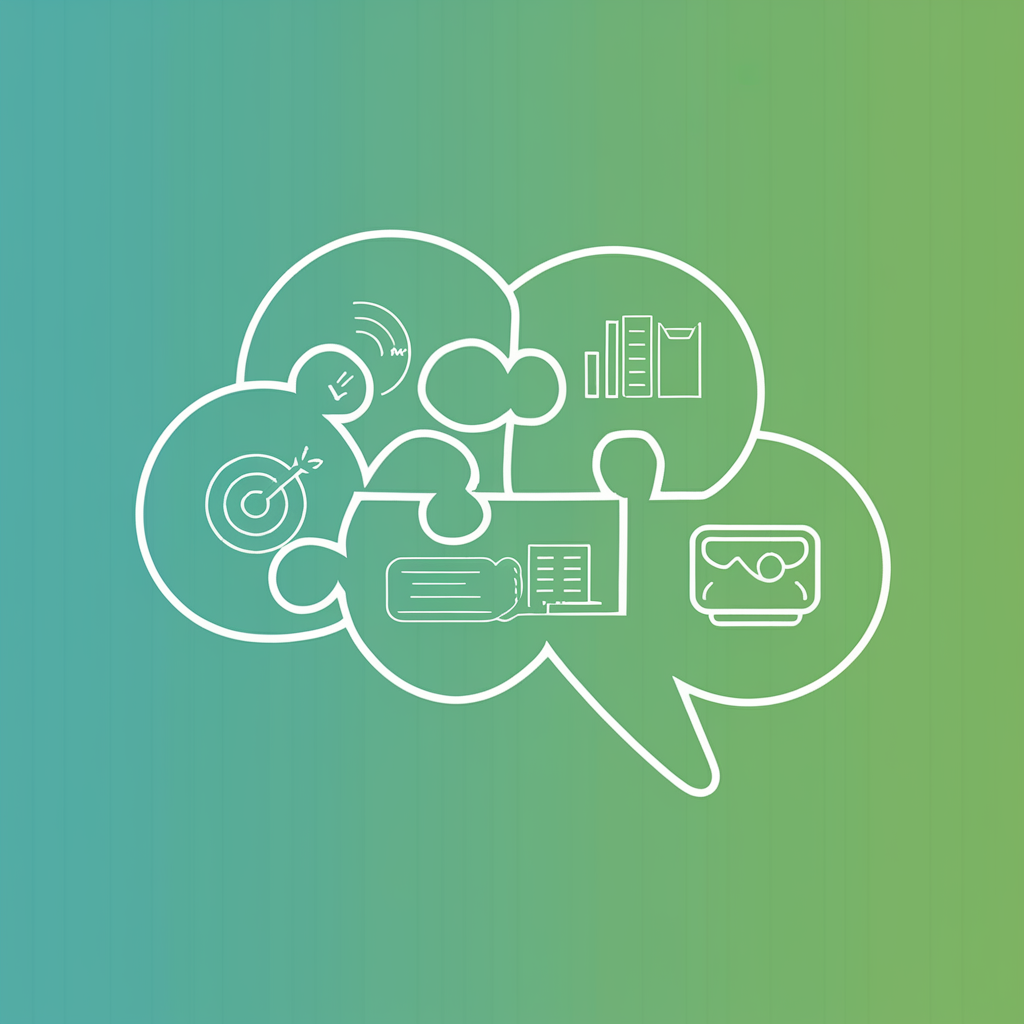ADHD Learning Strategies
Understanding ADHD and Learning
Attention-Deficit/Hyperactivity Disorder (ADHD) can present unique challenges in learning environments. Individuals with ADHD may experience difficulties with focus, organization, time management, and working memory. However, with the right strategies and support, these challenges can be effectively managed, allowing for successful and enjoyable learning experiences.
Effective Study Techniques
Time Management
- Break tasks into smaller chunks: Divide large assignments or study sessions into manageable 15-20 minute segments.
- Use the Pomodoro Technique: Work for 25 minutes, then take a 5-minute break. After four cycles, take a longer 15-30 minute break.
- Prioritize tasks: Use a system to identify which tasks are most important and tackle those first when focus is strongest.
Organization
- Create a structured study space: Designate a clutter-free area specifically for learning.
- Use planners or digital tools: Keep track of assignments, deadlines, and study schedules.
- Implement color-coding: Use different colors for different subjects or types of tasks.
Focus and Attention
- Minimize distractions: Use noise-canceling headphones, website blockers, or study in quiet environments.
- Incorporate movement: Use fidget tools, exercise before studying, or try standing desks.
- Engage in active learning: Take notes, create mind maps, teach concepts to others, or use interactive learning tools.
Memory and Recall
- Use spaced repetition: Review material at increasing intervals over time.
- Create visual aids: Use diagrams, charts, and illustrations to represent information.
- Connect new information to existing knowledge: Build on what you already know to make new concepts more memorable.
Utilizing Technology
Think Tutor is designed specifically to support individuals with ADHD in their learning journey. Our app provides:
- Personalized learning paths that adapt to your learning style and pace
- Timely reminders and gentle prompts to help maintain focus
- Interactive exercises that make learning engaging and active
- Visual and auditory content to support different learning preferences
- Progress tracking to celebrate achievements and identify areas for growth
Creating a Supportive Learning Environment
The physical environment can significantly impact learning for individuals with ADHD. Consider these tips:
- Ensure adequate lighting to reduce eye strain and maintain alertness
- Maintain a comfortable temperature to prevent distraction
- Keep necessary supplies within reach to minimize interruptions
- Use visual reminders and checklists in your workspace
- Consider background noise preferences—some individuals with ADHD focus better with white noise or soft music
Self-Advocacy
Learning to advocate for yourself is an essential skill for individuals with ADHD:
- Understand your learning needs and preferences
- Communicate effectively with teachers, peers, and family about accommodations that help you succeed
- Seek out resources and support when needed
- Recognize and celebrate your strengths while acknowledging areas where you may need additional support
Remember: ADHD brings many strengths too!
People with ADHD often excel in creativity, problem-solving, resilience, and thinking outside the box. These qualities can be tremendous assets in learning when properly channeled.
